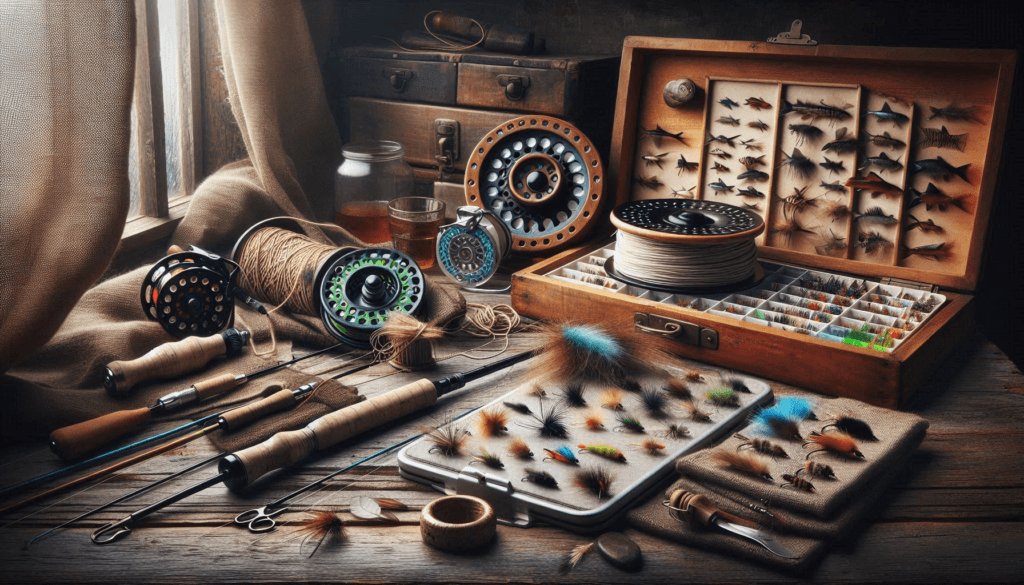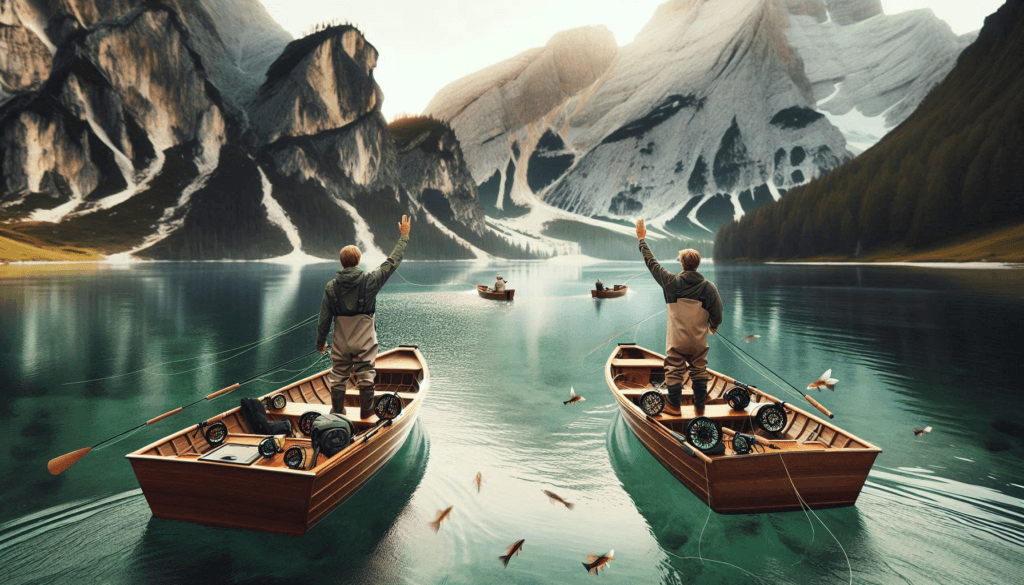Fly fishing isn’t just another fishing style; it’s an angler’s art form. At its core, fly fishing uses a lightweight lure, called a fly, and a specialized fly rod and reel to catch fish. Unlike traditional fishing methods that rely on the weight of the lure to extend the line, fly fishing uses the weight of the line itself to cast the fly. This gives you more control and precision, making it a favorite among many anglers.
The concept of fly fishing isn’t a 21st-century invention. It’s been around for centuries, having roots in ancient Macedonia, though it gained significant traction in England during the 19th century. Understanding its history adds a little depth to your experience, making each cast more appreciable.

Now, let’s talk gear. No one heads out for a fly fishing trip without the essentials: a fly rod, reel, line, and, of course, flies. The fly rod is usually longer than traditional fishing rods, giving you more reach and finesse. The reel is primarily used for storing the line, and it should balance well with the rod. Choosing the right line is crucial because it directly affects your casting. As for the flies, they’re specially designed to mimic insects and lure fish into biting.
For those just starting, mastering basic techniques can make all the difference. Start with casting—practice makes perfect, so don’t worry if you don’t get it right away. Learn the different types of casts, like the overhead cast and roll cast. Pay attention to your surroundings, and watch for fish behavior and water currents. With some patience and practice, you’ll start catching fish and enjoying the artistry of fly fishing.
Preparing for Your First Fly Fishing Trip
Picking the perfect spot to fish can feel like a daunting task, but it doesn’t have to be. Whether you choose a serene mountain stream, a local lake, or a scenic river, the key is to do your research. Some locations are teeming with fish, while others might require a bit more patience. Don’t hesitate to ask local anglers for advice — they often know the best spots and can offer valuable tips.
Seasons and weather play a big role in fly fishing success. Spring and fall tend to be the most productive seasons, because fish are more active. During summer, fishing early in the morning or late in the evening can yield better results, especially in hotter climates. Keep an eye on weather forecasts, too. Overcast days with light rain can often be the best times to fish, as fish are more likely to come near the surface.
Before you pack up and head out, make sure you’ve checked all the necessary regulations and obtained the appropriate licenses. Fishing licenses can usually be purchased online or at local tackle shops. Each location may have different rules, so it’s crucial to know what’s allowed (and what isn’t) to avoid any fines and help preserve fish populations for future generations.
Your packing list will make or break your trip, so don’t overlook the details. Besides your fishing gear, bring along essentials like a hat, sunscreen, and polarized sunglasses to protect yourself from the elements. Wear comfortable, waterproof clothing and sturdy footwear. A first-aid kit is always a good idea, just in case. Don’t forget snacks and plenty of water — staying hydrated and fueled up will keep you in top form.
Mastering Advanced Fly Fishing Techniques
Entomology might sound like a fancy term from a biology class, but it’s a game-changer in fly fishing. Knowing what bugs are floating around can help you select the right fly to use—this is called ‘matching the hatch.’ Fish are more likely to bite when your fly looks like their natural food. Keep an eye out for insects on the water and in the air.
Casting is an art within fly fishing. If you’ve got the basics down, it’s time to step up your game. Techniques like roll casts and reach casts can help you navigate tight spots and tricky waters. Practicing these advanced casts can make your fishing more effective and enjoyable. Don’t worry if you don’t get it perfect right away—mastery takes time.
Tying strong knots is another skill that separates the novice from the pro. Whether it’s a blood knot, an improved clinch knot, or a loop knot, each has its own use and can make a big difference in keeping your fly secure. Spend some time practicing different knots until they become second nature.
Reading the water is all about observing and understanding fish behavior. Look for surface disturbances, bubbles, and rises that indicate feeding fish. Pay attention to the currents and eddies, as fish often hang out where food is likely to flow by. Finding these spots can drastically increase your chances of a successful catch.
Enjoying the Full Experience: Beyond the Fishing
Fly fishing offers more than just the thrill of the catch. There’s a whole culture and set of unwritten rules that make the experience richer. Proper etiquette, like giving other anglers space and respecting their spots, makes the experience pleasant for everyone. That friendly nod or wave can go a long way in building a harmonious fly fishing community.

Conservation is a cornerstone of the fly fishing ethos. Always follow catch-and-release practices if you’re not planning on eating your catch. Use barbless hooks to make releasing fish easier and less harmful. Similarly, pick up any trash you see and leave nature better than you found it. Keeping waterways clean and fish populations healthy ensures that future generations can enjoy the sport too.
Fly fishing isn’t just about catching fish—there’s a vibrant community of enthusiasts out there. Whether you join a local club, participate in fly fishing forums, or attend events and workshops, connecting with fellow anglers can enrich your experience. Swapping stories and tips with fellow enthusiasts can also help you improve your skills.
Memories of your trips become cherished stories, so consider documenting them through photography and journaling. Capture the stunning landscapes, the fish you catch, and the moments in between. These records not only help you remember your adventures but also help you see how your skills have grown over time. Plus, sharing your experiences can inspire others to take up the sport.
As an Amazon Associate I earn from qualifying purchases.






